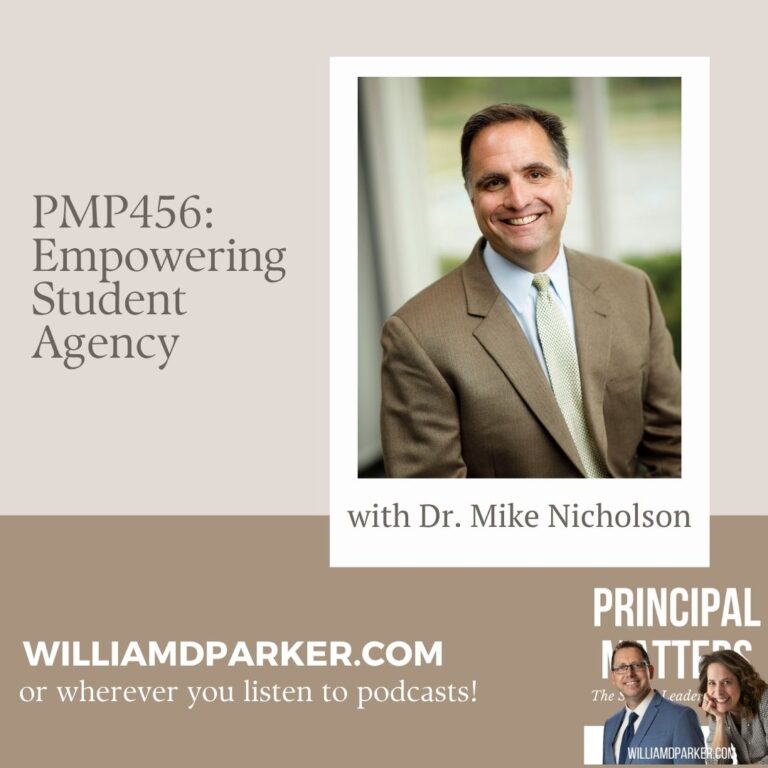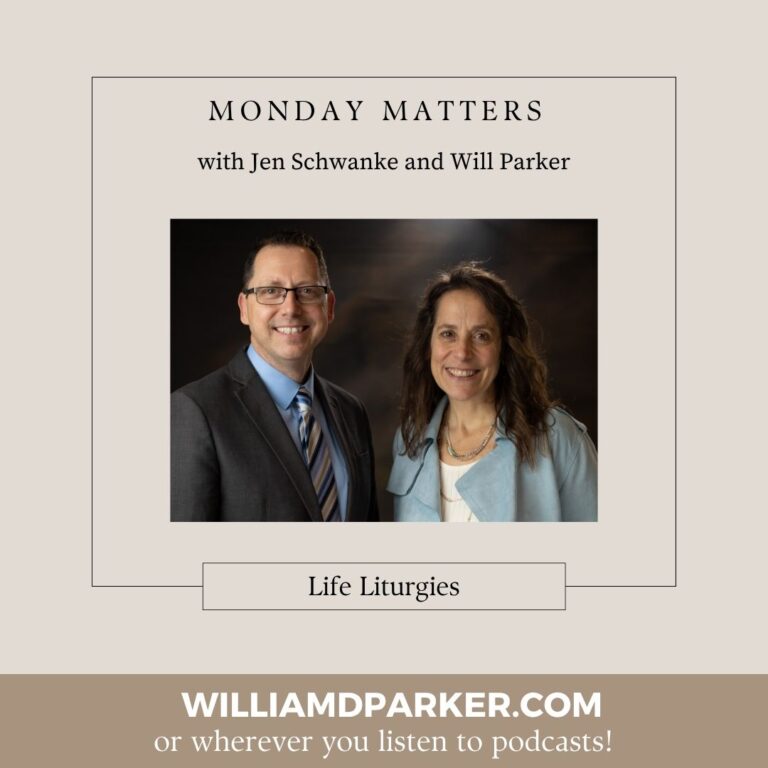The other day I was talking to our high school choir teacher, when she told me about a fascinating brain study involving music. 
MIT neuroscientists have discovered that music triggers an auditory cortex of the brain that doesn’t appear to respond to other basic auditory sounds like speech.
If our brains have portions that only react to sounds recognized as music, this leads to an important question: Are we really engaging the brain most effectively if we aren’t exposing it to music?
The Power of Music Memory
A few years ago when my mother-in-law was diagnosed with Alzheimer’s, she slowly began losing the ability to track time. Ironically, when I sit down with her at the piano, she can almost perfectly recall the tunes and verses of her favorite hymns.
Her short-term and long-term memories often get jumbled, but her music memory is so much more precise.
I remember many times when playing the piano has prompted my own creativity in solving problems. In fact, after decades as an amateur musician, I can sometimes play almost instinctively—often feeling like I’m playing with one part of my brain while thinking about something else with another part.
The Art of What You Do
For a long time, we have heard that visual artists engage the right side of their brains more than their left sides when creating, like lessons taught in Betty Edwards’ famous drawing book. The left side of the brain seems more engaged when you are reasoning or problem solving.
The discovery of how music triggers a specific part of the brain reinforces how engaging both sides of the brain may help us with teaching and learning.
I believe good teaching involves both science and art. On the one hand, you implement the processes, strategies, and steps necessary to accomplish a task (best practices). On the other hand, you exercise the passion or connection necessary to inspire (creativity).
Music may be one other way teachers can engage learners in stimulating understanding, but highly effective teachers always find ways to teach with both sides of the brain.
I believe it’s what you observe in master teachers but can’t always put your finger on–the mix of process and passion often described as “the gift of teaching” or “magic in the classroom” or “light-bulb moments.”
It happens when a math teacher is so entranced in the wonder of the Fibonacci sequence, she not only explains the predictable patterns found in nature but also inspires questions and discussions over the possibilities of intelligent design.
It happens when a teacher of Shakespeare not only helps his students decipher Elizabethan verse until they begin to understand the language but also enthralls them with captivating plots and unavoidable drama so that they keep turning the pages.
It happens when a music teacher trains her students in sight-reading and scales but also teaches them to listen and blend harmonies until they’ve combined sounds into something beautiful that triggers unique parts of the brain.
The Art of Storytelling
The other evening, my wife and I had dinner at a restaurant in Tulsa that is run by a local culinary school. The dinner was a gift from when I spoke at their December graduation commencement. After we finished a great meal, we chatted with the head chef who is also an instructor at the school.
He said, “Oh, you are the principal who wrote a book and tells stories. I remember the stories you told.” And then he began telling back to me the very stories and points I had made so many months before.
Then he asked me something no one has ever asked before. “Can you tell me a story right now that is inspiring? Like one that would help someone not give up on a student they’re working with, for instance?”
I was surprised by the question, and thought for a few seconds. Then I told him a story about a student I once worked with who was an orphan–how discovering the joy of reading had given her something tangible to hold onto in a world that was often lonely and troubled. He listened intently, and finally said, “That was exactly what I needed to hear.“
On the way home, I told my wife that I felt uncomfortable and encouraged at the same time. It was a little disconcerting being asked to deliver inspiration on the spot, but it was also obvious that the power of storytelling is something that helps others grasp the deeper meaning in their own work with others.
The “art” in the lesson caused the information I shared to become memorable.
Conclusion
If brain research has shown parts of the brain are triggered by music, then it makes sense that when we couple information with music, art, storytelling, or imagination, we are conveying more than just facts, we are also creating deeper understanding or even moments of awe.
If you sometimes wonder why your work is important, remember that education is more than just sharing information; it is also creating learning moments that can become amazing moments—reaching into parts of the brain that none of us really understands but that can be stirred and triggered by something beautiful.
Now It’s Your Turn
What are ways you can encourage brain triggers in the lessons you share with others? How can you learn to recognize both the process and the inspiration that happen simultaneously in learning?
Book Recommendation
If you want a great book recommendation on how to “hook” students with creative stories or scenarios, check out Teach Like a Pirate by Dave Burgess.
Principal Matters Podcast
Check out audio versions of my posts at iTunes. Rate PMP at iTunes; when you do, it makes it more visible to others!
Sign-Up For Free Updates and Ebook
When you enter your email address below, you will automatically receive my newest posts and a free Ebook, 8 Hats: Essential Roles for School Leaders. Let’s keep learning together!
Subscribe for free weekly updates and receive free e-book!
(function($) {window.fnames = new Array(); window.ftypes = new Array();fnames[0]=’EMAIL’;ftypes[0]=’email’;fnames[1]=’FNAME’;ftypes[1]=’text’;fnames[2]=’LNAME’;ftypes[2]=’text’;}(jQuery));var $mcj = jQuery.noConflict(true);
Principal Matters–The Book!

School leaders are very busy, so each of the twenty-four chapters is designed as a quick-read and followed with take-action questions for follow-up or reflection. If you want practical ideas on understanding your purpose, managing school teams, dealing with challenges, and leading with courage, action, motivation, and teamwork, go HERE to pick up a copy for you or your team.


